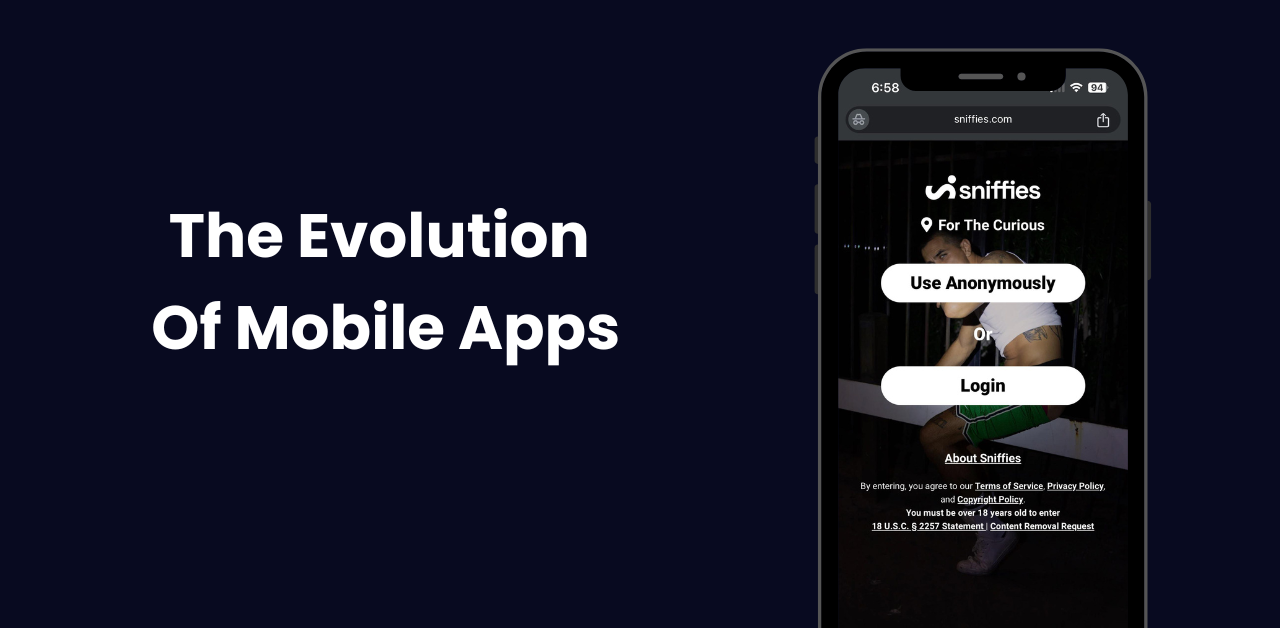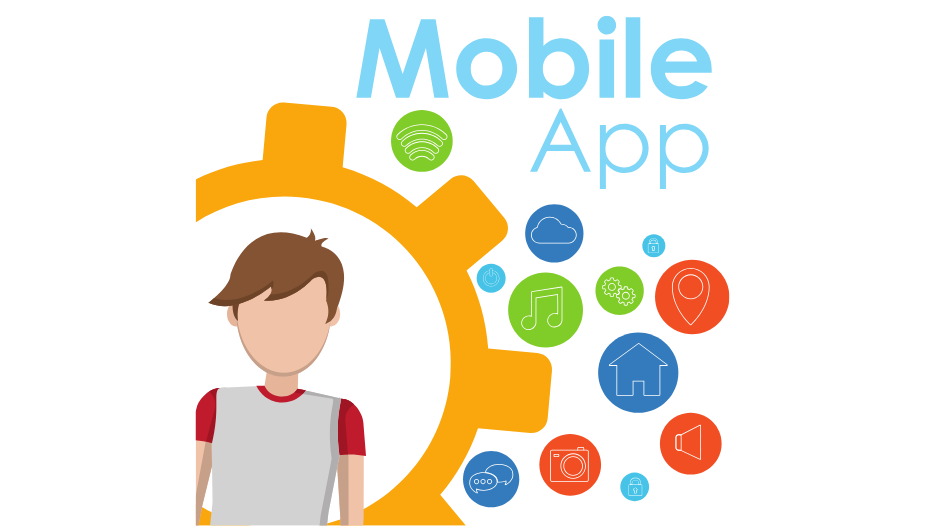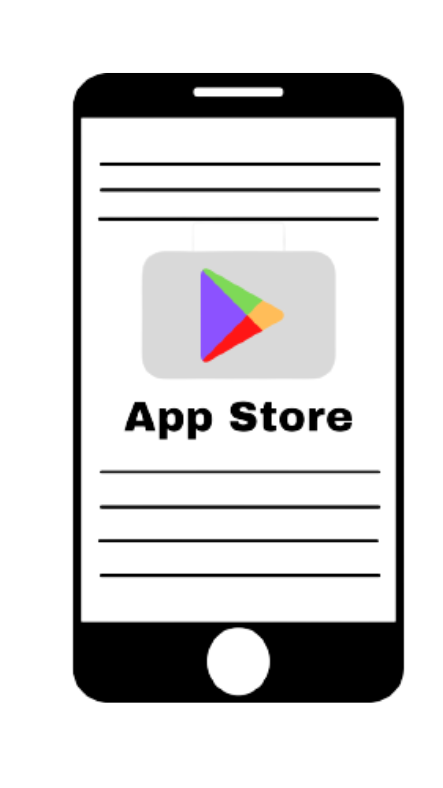Evolution of Mobile Apps – A Complete History & Future Trends

Mobile apps have transformed how we live, work, and play. From basic utilities in the early 2000s to today’s AI-powered platforms, apps have evolved rapidly. This article explores the history, trends, and future Evolution of Mobile Apps, answering common questions and providing insights for users and developers.

What Are Mobile Apps and Why Do They Matter?
Mobile apps are software programs designed for smartphones and tablets. They let users perform tasks, access information, or enjoy entertainment on the go. Apps matter because they simplify life, boost productivity, and connect people globally.
- Convenience: Apps like Uber or DoorDash deliver services instantly.
- Personalization: Apps use data to tailor experiences, like Spotify’s playlists.
- Accessibility: Apps bring education, healthcare, and more to your fingertips.
The Early Days of Mobile Apps (1990s–2007)
Mobile apps began as simple tools on early cell phones. Think of games like Snake on Nokia devices or basic calendars. These apps were limited by hardware and lacked internet connectivity.
- 1990s: PDAs (Personal Digital Assistants) like PalmPilot had basic apps for notes and contacts.
- 2000s: BlackBerry introduced email and messaging apps, targeting professionals.
- Challenges: Slow processors, small screens, and no app stores restricted growth.
The App Store Revolution (2008–2012)
The launch of Apple’s App Store in 2008 changed everything. It gave developers a platform to create and distribute apps. Google’s Play Store followed in 2012. This era saw apps become mainstream.
- Key Milestones:
- 2008: Apple’s App Store launched with 500 apps.
- 2010: Angry Birds became a global hit, showing apps’ entertainment power.
- 2012: Over 1 million apps were available across iOS and Android.
- Impact: Developers could reach millions, and users gained access to diverse tools.
The Rise of App Ecosystems (2013–2018)
Apps became central to daily life as smartphones grew more powerful. Social media, e-commerce, and productivity apps exploded in popularity. Developers focused on user experience and monetization.
- Trends:
- Social Media: Apps like Instagram and Snapchat redefined communication.
- Freemium Models: Free apps with in-app purchases, like Candy Crush, became common.
- Cloud Integration: Apps like Google Drive synced data across devices.
- User Questions Answered:
- Why did apps become popular? Fast internet and better phones made apps more useful.
- How do free apps make money? Ads, subscriptions, and in-app purchases.
Modern Mobile Apps: AI, AR, and Beyond (2019–Present)
Today’s apps use cutting-edge tech like artificial intelligence (AI), augmented reality (AR), and 5G. They’re smarter, faster, and more immersive.
- Key Innovations:
- AI: Apps like Google Maps predict traffic using machine learning.
- AR: Pokémon GO and IKEA’s app let users visualize products in real spaces.
- Health Tech: Apps like Fitbit track fitness and mental health.
- Stats:
- Over 5 million apps are available in major app stores (2025 estimate).
- Mobile apps generate $935 billion in global revenue annually.
What’s Driving App Evolution?
Several factors shape how mobile apps evolve. Understanding these helps users and developers stay ahead.
- Technology: Faster chips, better cameras, and 5G enable complex apps.
- User Needs: People want apps that save time or solve problems.
- Developer Tools: Platforms like Flutter and React Native make app creation easier.
- Security: Privacy concerns push apps to use encryption and transparency.
Challenges in Mobile App Development
Despite progress, developers face hurdles. These challenges impact app quality and user trust.
- Fragmentation: Apps must work across thousands of Android devices.
- Competition: Standing out in crowded app stores is tough.
- Privacy: Regulations like GDPR demand strict data handling.
The Future of Mobile Apps
What’s next for mobile apps? Emerging trends point to exciting possibilities.
- Metaverse: Apps will integrate with virtual worlds for gaming and work.
- Wearables: Apps for smartwatches and glasses will grow.
- Sustainability: Eco-friendly apps will track carbon footprints.
How to Choose the Best Mobile Apps
With millions of apps, picking the right ones can be hard. Follow these tips:
- Check Reviews: Look at user ratings and feedback in app stores.
- Verify Permissions: Avoid apps requesting unnecessary access.
- Test Free Versions: Try before committing to paid subscriptions.
- Update Regularly: Keep apps updated for security and features.
lets know more about Top 10 Must-Have Apps for 2025.”
Why Mobile Apps Will Keep Evolving
Mobile apps will continue to shape our world. They adapt to new tech and user demands. Whether it’s AI, AR, or the metaverse, apps will stay at the heart of innovation.
- Takeaway: Apps aren’t just tools—they’re gateways to new experiences.
- Action Step: Explore new apps in your app store to stay ahead.
The Rise of the App Store & Evolution of Mobile Apps

Since it changed how companies make money, investing in the mobile app development sector is worthwhile.
The Impact of Mobile Apps on Society
The way we communicate, work, and live has been completely transformed by mobile apps.
When did mobile applications first appear?
In the late 1990s, mobile apps first appeared on feature phones, providing simple functions like games and SMS.
What kinds of mobile applications are the most common?
Apps can be classified as native, hybrid, web, or progressive (PWA).
How do applications make money?
through one-time payments, subscriptions, in-app purchases, and advertisements.
Which technology powers contemporary apps?
oT, cloud computing, AI, and AR.
conclusion
Humankind’s insatiable desire for convenience and innovation is reflected in the development of mobile apps. Apps continue to influence how we engage with the outside world, having evolved from their humble origins as simple tools to their current status as essential life partners. Mobile apps have countless opportunities as technology develops, guaranteeing their continued leadership in digital transformation for years to come.
Now lets talk about our net blog Gay Cruising Apps Your Guide to the Best Options if you like sniffies alternatives also check out our article.






